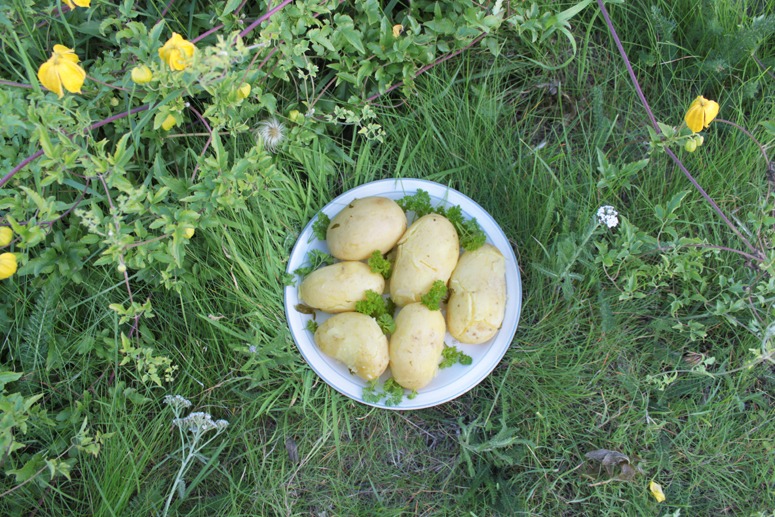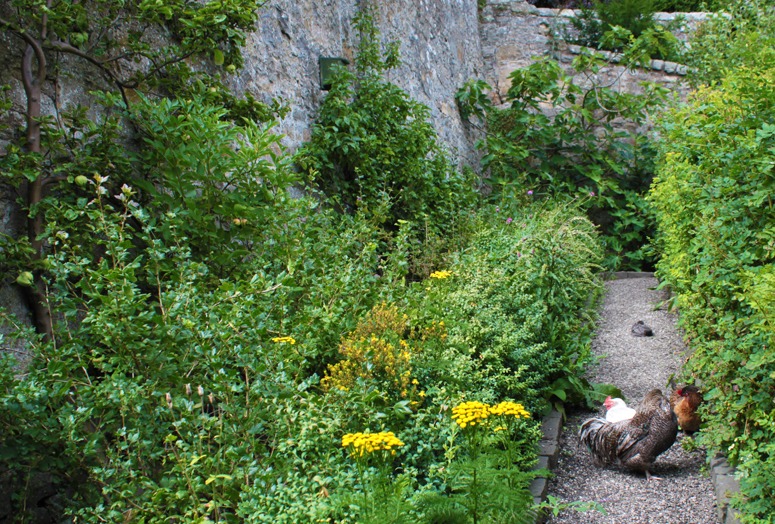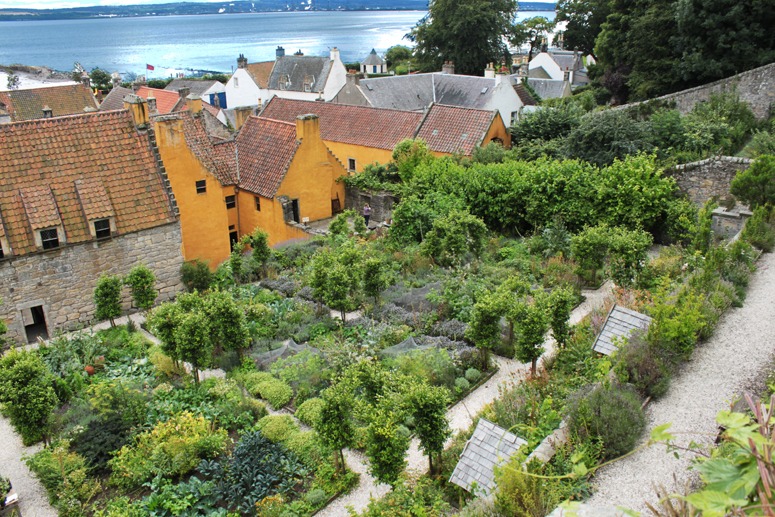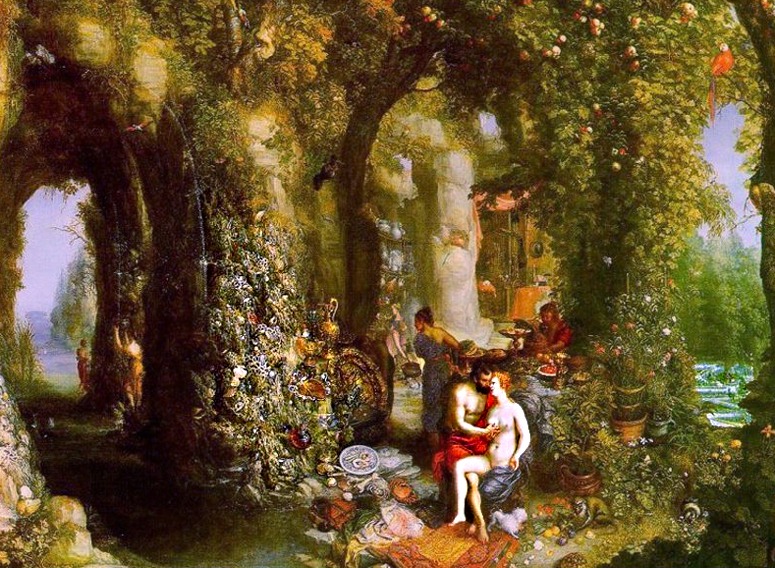Big Ben and I would like to ‘speak for England’ in respectfully reminding the German Pope that England is more important as the home of Europe’s political passion (liberalism) than as the home of the world’s most beautiful game (football). England is the country in which Hobbes and Locke wedded Latin and Germanic ideas of freedom to create the philosophy of political liberalism. Olde England & Merrie England were anti-Jewish and anti-Catholic. Modern England legislated against these attitudes. Our land now has rights to religious freedom, sexual freedom and gay rights – with the classic constraint that there can be no freedom to harm others except in self-defense. Unlike Charlemagne and Pope Benedict XVI, I respect the right of Catholic priests to engage in consensual homosexual acts, as they have always done, providing they do no violence to others with their Priapic revelry. It is deeply troubling that ‘Roman Catholic priests in the United States are dying from AIDS-related illnesses at a rate four times higher than the general population and the cause is often concealed on their death certificates‘ I therefore invite His Holiness to get a good practice idea from Big Ben. As Big Bob sang, ‘the times they are a-changin‘. The Pope should speak the truth, respect the life sciences, study the social sciences – and provide free condoms for the everlasting relief of his priestly bretheren. And even if he is queasy about women he should have due regard for their protection from AIDS and other STDs: London’s landscape demands action – now! We welcome you to London so that you can learn from London: condoms are good for the health of the clergy.

Gay pride celebration 2010 in the urban landscape of London's Trafalgar Square - the battle of Trafalgar let Europe become liberal
PS: it is not all good: the statue on the southwest plinth is of General Sir Charles James Napier (1782–1853) whose conquest of Sindh province, in what is now Pakistan, led to the famous Latin telegram pecavi (‘I have sinned’). Since Napier confessed, the Pope may want to forgive him. Napier had commanded the 50th (Queen’s Own) Regiment of Foot during Napoleon’s Campaign in the Peninsular War – so the Pope may be grateful that Germany and Italy are not part of a Napoleonic French empire?
PPS re ‘the times they are a-changin‘: click to enter the site and you can you can read the lyric and listen to different versions of the soundtrack.
PPPS Greenberg, D.F., The construction of homosexuality (1990) p.253 ‘Several of Charlemagne’s capitularies concerned sins against nature, sodomy, and homosexual relations among monks’. So Charlemagne knew what the brothers were up to – and this has not changed in the past 12 centuries.







